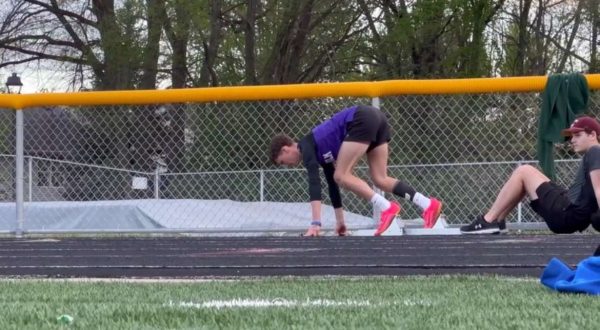Track and field is one continuously unbelievably hectic event. There is one order of design in the cosmos of the chaos in track: scoring. But then, as a tracklete, I realized, I didn’t even fully understand the scoring. So I had to dive deeper.

Most track athletes are not competing to place in a scoring position. Track, rather than scoring for the athlete’s team, is more of an individual sport where the athlete is trying to individually improve by recording a personal record, or a PR. But some athletes are put into a scoring position.
There is a specific design in a track meet, rolling through the events in a state-set order. There are, in fact, two different scoring systems. Let’s dive into a small meet scoring system.
At a small meet, which is usually a 3-team meet, there is a very simple scoring system for all teams. This would be five points for the first-place person or relay team, three for second, and one for third. The more important and more commonly used is the large meet scoring system.

The large meet scoring system, and the more common, is the much larger and more utilized scoring system.
So, amidst the chaos, there is design and order. There is a technical way for athletes to win an event. Cohen Carpenter, senior, said, “I love throwing the ball (shotput) far.” He is one of our main scorers.
You know, when I first began this story, I had no idea how scoring worked. The reason for this is because track is an individual sport; it does not matter if you win. Yes, it is nice to compete and win meets; however, setting a new personal record is good enough for most track and field athletes, and the social aspect brings the final piece, making people love the sport.







